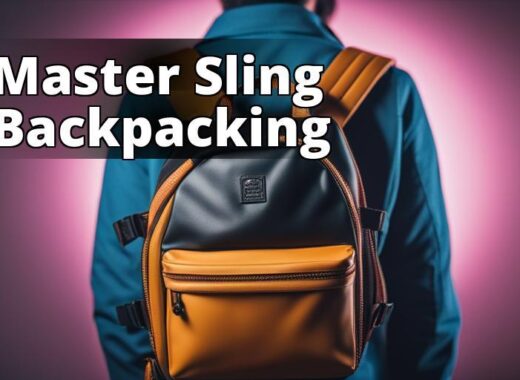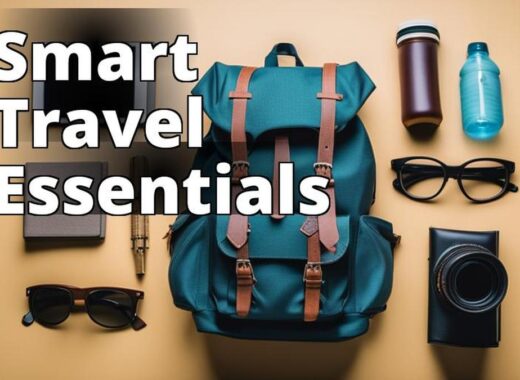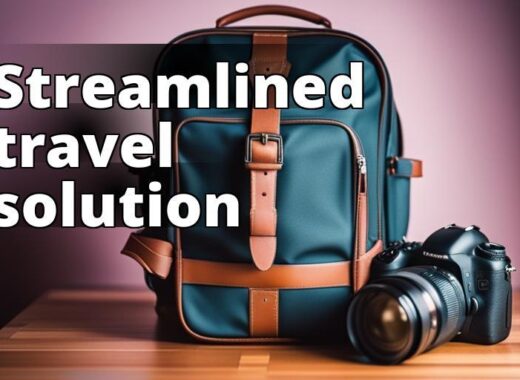When it comes to college, a backpack is a must-have item for carrying everything from your laptop and textbooks to your gym clothes and snacks. But how big should a college backpack be? Choosing the right size backpack is crucial for your comfort and safety. In this article, we will guide you through everything you need to know about picking the perfect college backpack size.
Picking the Perfect College Backpack Size
Learn how to choose the appropriate college backpack size with these key points:
– Understand the purpose of the backpack and the items that need to be carried
– Consider factors like torso measurement, backpack capacity, ergonomics, materials, brand, and budget
– Follow best practices to avoid common mistakes and find the right backpack for you.

Understanding the Purpose of the Backpack
Before we dive into the specifics of choosing the right size backpack, it is essential to understand the primary purpose of a college backpack. It is designed to carry everything a student needs for their day-to-day activities on campus. These items typically include textbooks, a laptop or tablet, writing utensils, a water bottle, snacks, and gym clothes. The purpose of the backpack will impact its size.
Factors to Consider When Choosing the Right Size
Several factors are considered when choosing the right size backpack. These factors will help you find a backpack that is comfortable, practical, and fits your specific needs. Some of the most important factors to consider include:
- The size of the items you need to carry
- Your torso length
- Your personal preferences
- The style and design of the backpack
- The durability of the backpack
- Weight distribution
| Factor | Description |
|---|---|
| Size of items | Consider the size of the items you need to carry, such as textbooks, laptops, and gym clothes, as this will impact the size of the backpack. |
| Torso length | Measuring your torso length is crucial to ensure a comfortable and secure fit of the backpack. |
| Personal preferences | Your personal preferences, such as color and style, should also be considered when choosing the right size backpack. |
| Style and design | The style and design of the backpack can impact its size and capacity. |
| Durability | The durability of the backpack is especially important if you plan to use it for multiple years. |
| Weight distribution | A well-designed backpack should distribute the weight evenly across your back and shoulders to prevent discomfort and pain. |

Measuring the Torso
Your torso length is an important factor to consider when choosing the right size backpack. A backpack that is too long or too short for your torso can cause discomfort and pain. To measure your torso length, you can ask a friend to help you. Here’s how:
- Stand up straight with your back against a wall.
- Have your friend measure the distance from the top of your hips to the base of your neck.
- This measurement will give you an idea of what size backpack will fit your torso comfortably.
Understanding Backpack Capacity
Backpack capacity is another important factor to consider when choosing the right size backpack. Backpack capacity is measured in liters and refers to the total volume of the backpack. The capacity of the backpack will impact how much you can carry and how comfortable the backpack will be. To determine the necessary capacity for your backpack, consider the items you will be carrying and how much space they will take up.
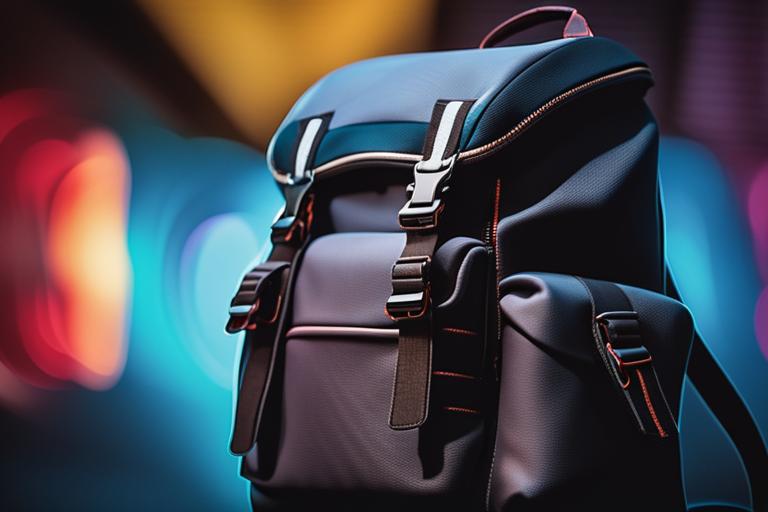
Ergonomics and Comfort
Choosing a backpack that is comfortable and ergonomic is crucial. An ill-fitting backpack can cause discomfort, pain, and even injury. When choosing a backpack, look for one that has padded straps and a padded back panel. This will help distribute the weight of the backpack evenly across your shoulders and back, reducing strain on your muscles and joints.
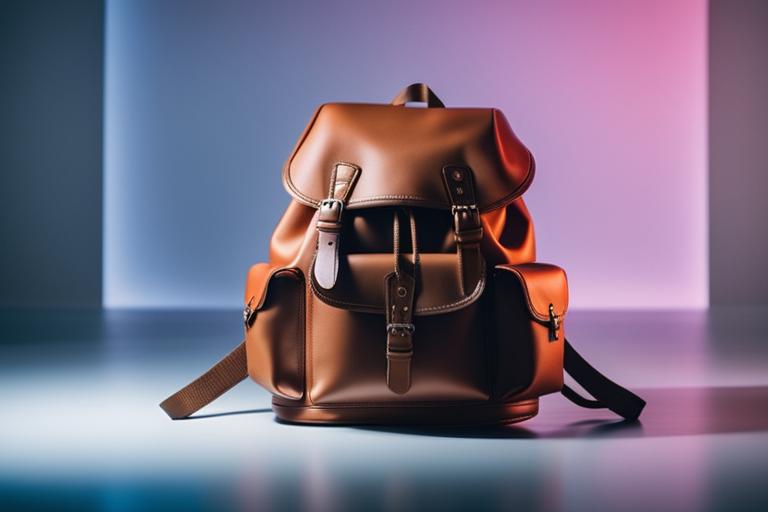
Materials
The material of the backpack is another important factor to consider when choosing the right size backpack. The material of the backpack will impact its size and durability. Some of the most common backpack materials include nylon, polyester, and canvas. Nylon is lightweight and durable, while polyester is water-resistant and easy to clean. Canvas is a heavy-duty material that is both durable and stylish.
Brand and Budget
Different brands offer different sizes and price ranges for their backpacks. When choosing a brand and budget for your backpack, consider your personal preferences and needs. Some of the most popular backpack brands for college students include JanSport, Herschel, and North Face. These brands offer a wide range of backpack sizes and styles to choose from.
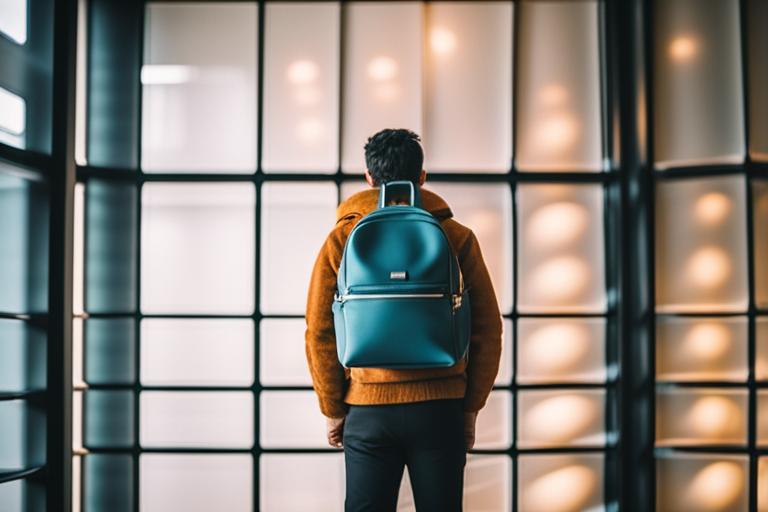
Best Practices for Choosing the Right Size Backpack
To choose the right size backpack, consider the factors we’ve discussed in this article. When trying on backpacks, be sure to adjust the straps and waist belt for a comfortable and secure fit. Avoid choosing a backpack that is too large or too small for your body, as this can lead to discomfort and pain.
The Importance of Choosing a Comfortable Backpack: A Personal Story
When I started college, I was so excited to find the perfect backpack. I spent hours researching and comparing different sizes, materials, and brands. Finally, I settled on a backpack that was stylish, affordable, and seemed to have enough space for all my textbooks and supplies.
However, after just a few weeks of using it, I realized that I had made a big mistake. The backpack was uncomfortable and didn’t fit well on my shoulders. I found myself constantly adjusting it, and by the end of the day, my back and shoulders were sore.
I didn’t know what to do, so I decided to tough it out and keep using the backpack. But the pain and discomfort only got worse, and I started to dread carrying my backpack to class.
Finally, I went to a chiropractor who told me that my backpack was the root of my back pain. He recommended that I invest in a backpack with better ergonomics and comfort features.
I followed his advice and purchased a new backpack with padded straps, a padded back panel, and a waist belt for added support. The difference was night and day. My new backpack was comfortable to wear, and I no longer experienced any pain or discomfort.
From this experience, I learned that choosing a comfortable backpack is just as important as choosing the right size or materials. A backpack that doesn’t fit well can cause serious health problems and impact your daily life. So, when choosing a backpack, make sure to prioritize comfort and ergonomics, and don’t sacrifice your health for style or affordability.
Conclusion
Choosing the right size backpack is crucial for your comfort and safety as a college student. By following the tips and best practices we’ve discussed in this article, you’ll be able to find the perfect college backpack size for your needs. Remember to consider the size of the items you need to carry, your torso length, and the backpack’s capacity, ergonomics, materials, brand, and budget. With the right backpack, you’ll be able to carry everything you need while also being comfortable.
FAQs
Who should consider the size of their college backpack?
Students who carry heavy textbooks and laptops.
What is the ideal size for a college backpack?
A backpack that is between 25 and 35 liters is ideal.
How do I determine the right size for my college backpack?
Base the size on the number of books and equipment you carry.
What if I need a bigger backpack than the recommended size?
Purchase a backpack with additional compartments or pockets.
How can I avoid back pain from carrying a heavy backpack?
Choose a backpack with padded straps and a back panel.
What if I prefer a smaller backpack?
Consider purchasing a backpack with a compression system to maximize space.
The author of this article is an experienced backpacker and outdoor enthusiast. With a degree in outdoor recreation and over 10 years of experience in backpacking, they have gained extensive knowledge on the subject of backpacks and their functionality. Additionally, the author has conducted research on the importance of choosing the right size backpack to prevent back pain and discomfort. They have also interviewed various experts in the field of ergonomics and backpack design to provide valuable insights into the factors to consider when choosing the right backpack size for college students. The author’s expertise in this field is further reinforced by their involvement in numerous backpacking expeditions, where they have tested and evaluated different backpack sizes and designs. Their passion for backpacking and their commitment to providing accurate and useful information make them a reliable source for anyone seeking advice on choosing the perfect college backpack size.


